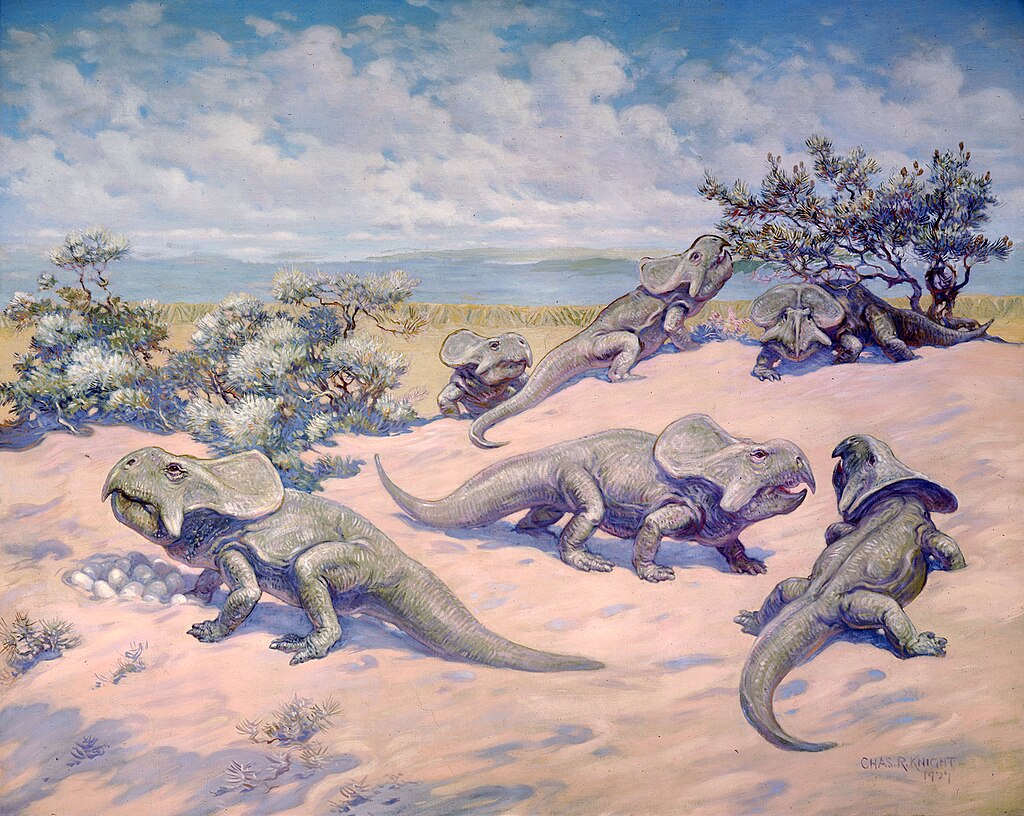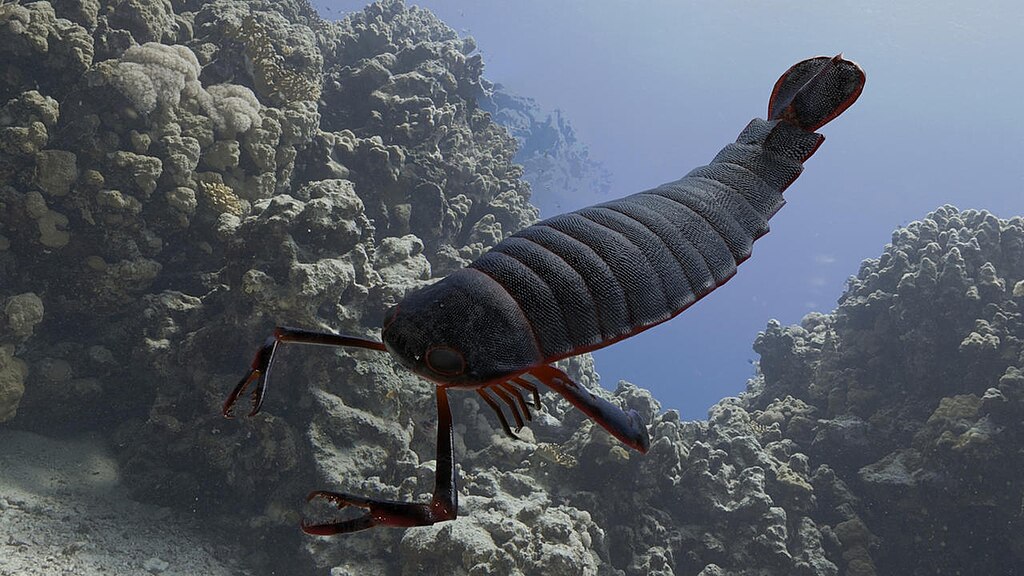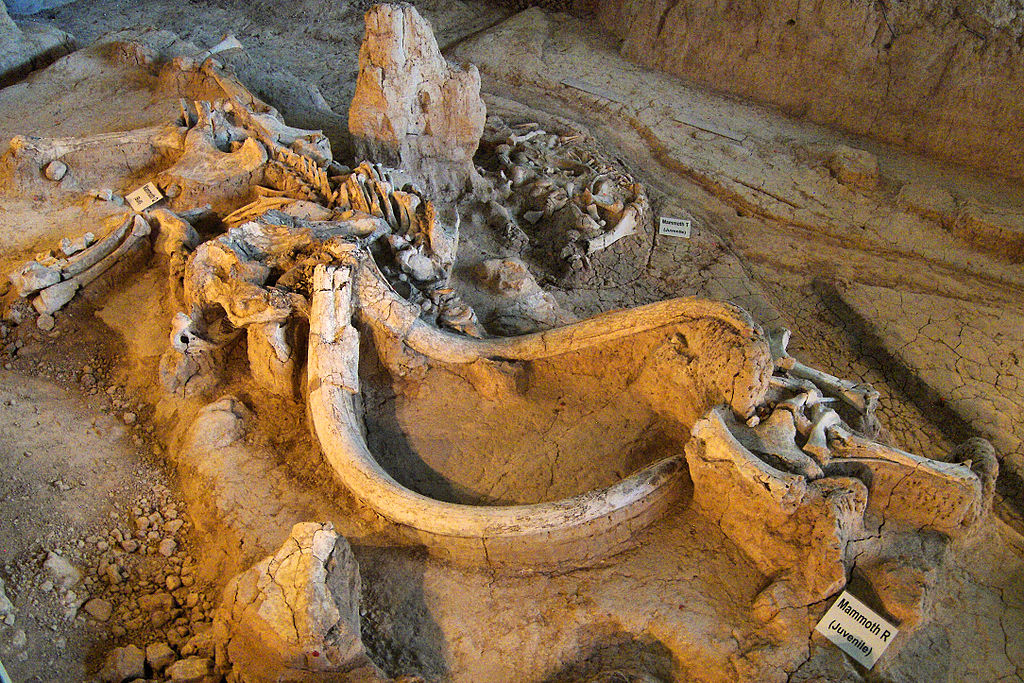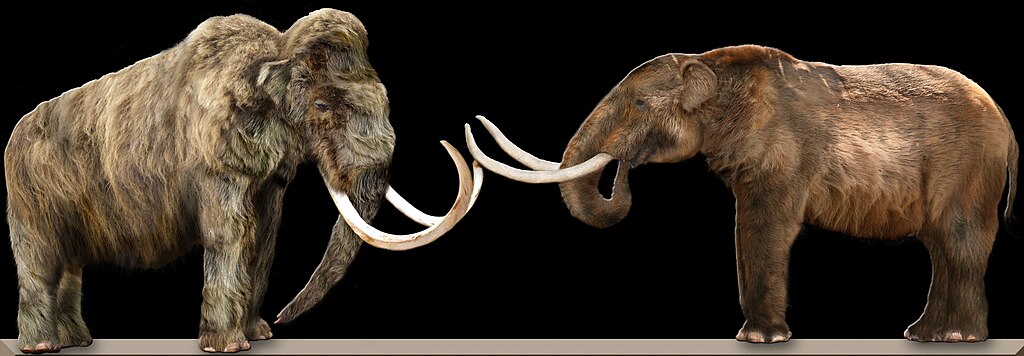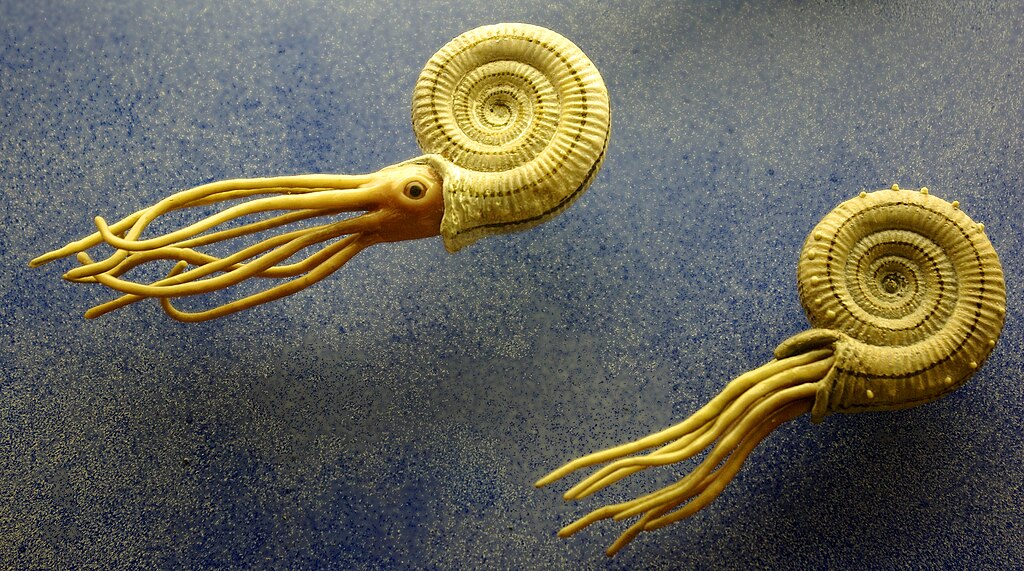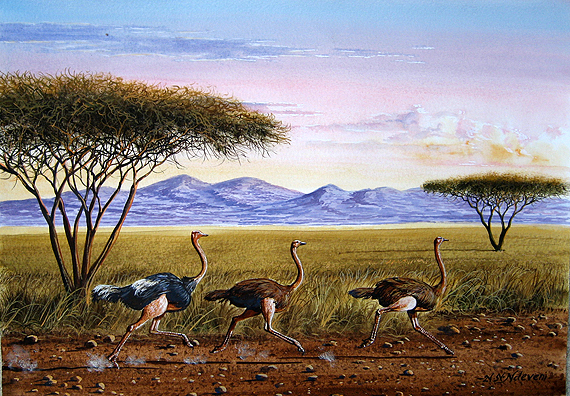Did Some Dinosaurs Build Nests Similar to Modern Birds?
From the towering Tyrannosaurus rex to the swift Velociraptor, dinosaurs have captivated our imagination for centuries. While we often focus on their size, ferocity, or extinction, one fascinating aspect of dinosaur behavior frequently overlooked is their reproductive strategies. Paleontological evidence increasingly suggests that many dinosaurs, particularly theropods and other bird-like dinosaurs, constructed nests remarkably similar ...

